Killer Chinese Knock-Off
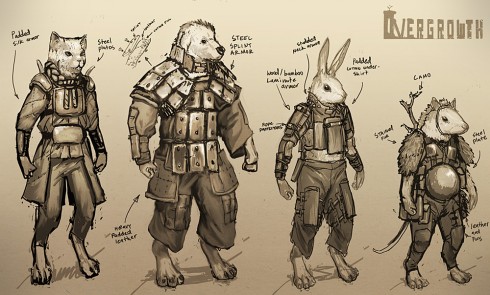 Despite my peace-loving ways, I tend to spend more time than I should considering the future of war.
Despite my peace-loving ways, I tend to spend more time than I should considering the future of war.
Do you recall the scene from 2001: A Space Odyssey, in which the monolith-touching ape realizes he might smash bone if he utilizes a femur as a club? Combat is still all about tool use, and the more advanced the bludgeon, the more likely the victory.
Centuries ago, those who could afford chain-mail outlived those who had only leather. Eventually, however, those who could muster a suit of plate-armour laughed mockingly at the poor schmucks who could only obtain a suit of chain – the chortling ceased with the inception of gunpowder.
I don’t need to run through each technological turn, but it’s obvious that the links lead us straight down the line to automatic rifles and fighter jets.
[youtube_sc url=”http://www.youtube.com/watch?v=LKyf8MGnNM0″]
There’s something almost tender about the slow, questing, feet of this Chinese robot known as FROG-1. It feels, to me at least, like watching a lion cub take its first steps, and nevermind that it’s likely the future of applied death-dealing.
Obviously inspired by Boston Dynamics’ Big Dog, the knock-off still has a long way to go before being a threat on the battlefield, but it’s certainly coming – and, as go the superpowers, so too the world. We need no more evidence of that than the proliferation of nuclear weapons.
Our ancestors used to speak of swords being converted to ploughshares, and there’s no doubt that this technology will have some fantastic civilian uses – but the truth is, the adage once operated in both directions: in a time of war, the local blacksmith could just as easily form weapons from that which once provided food.
What will we do, if it comes down to it? Entrust the local TV repairman to assemble a defense from plasma flat-screens and abandoned VCRs?
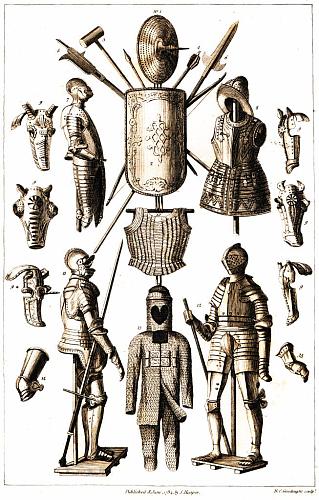

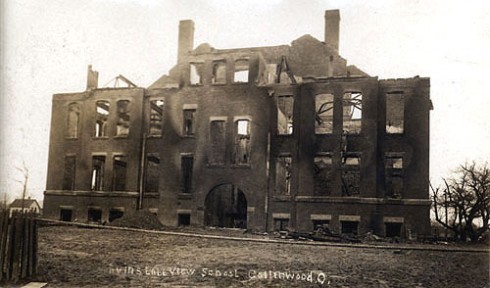
 Then there’s this excellent bit of myth regarding the supposed ghosts of “Mudhouse Mansion”.
Then there’s this excellent bit of myth regarding the supposed ghosts of “Mudhouse Mansion”.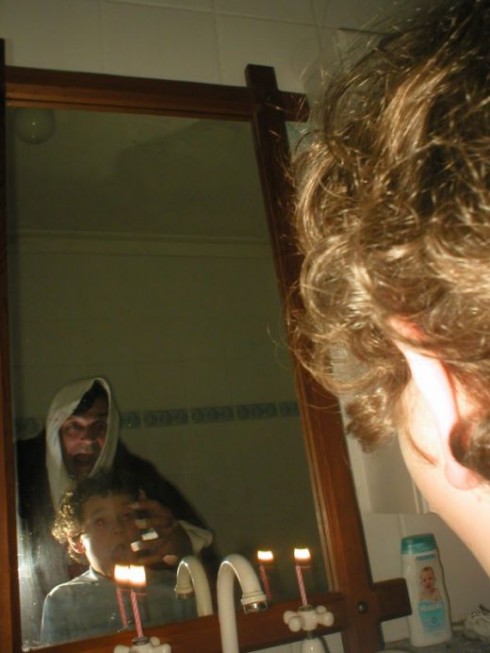
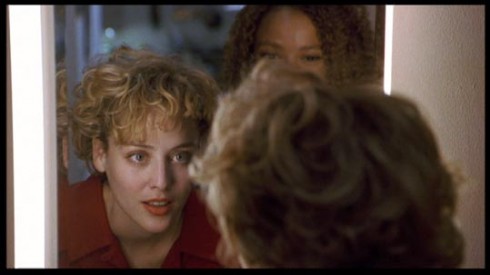
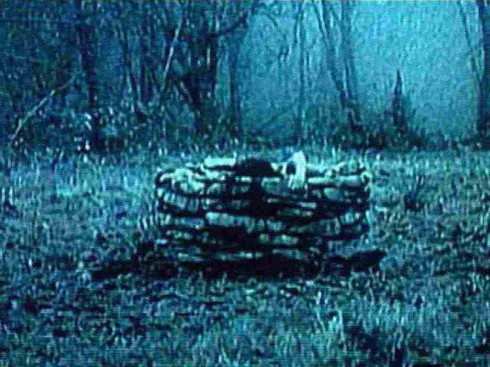



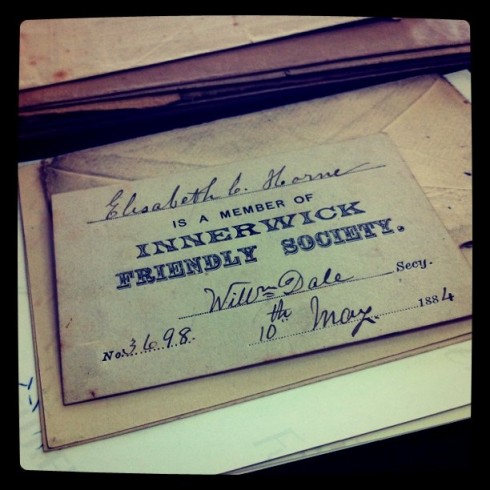 Despite having created a robust world-wide network of information, it seems to me, now more than ever, that we’ve placed our history in peril.
Despite having created a robust world-wide network of information, it seems to me, now more than ever, that we’ve placed our history in peril.
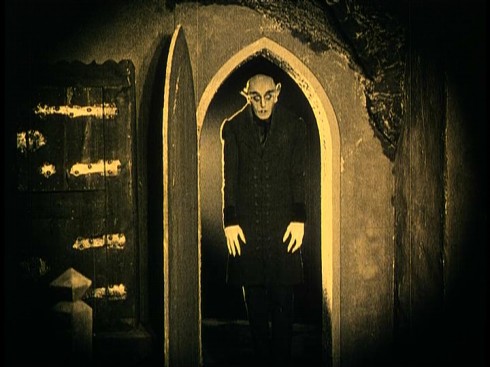 I’m not presenting this as a serious concern – more as an idle question – but, I was wondering:
I’m not presenting this as a serious concern – more as an idle question – but, I was wondering:

 As a child I found watching the trials and tribulations of Wile E. Coyote quite frustrating. After ordering, constructing, and deploying whatever Acme device he’d chosen to assist in capturing his dinner, the result was always the same: he’d come tantalizingly close to a full belly, only to be defeated by a sudden cliff or tunnel entrance.
As a child I found watching the trials and tribulations of Wile E. Coyote quite frustrating. After ordering, constructing, and deploying whatever Acme device he’d chosen to assist in capturing his dinner, the result was always the same: he’d come tantalizingly close to a full belly, only to be defeated by a sudden cliff or tunnel entrance.
